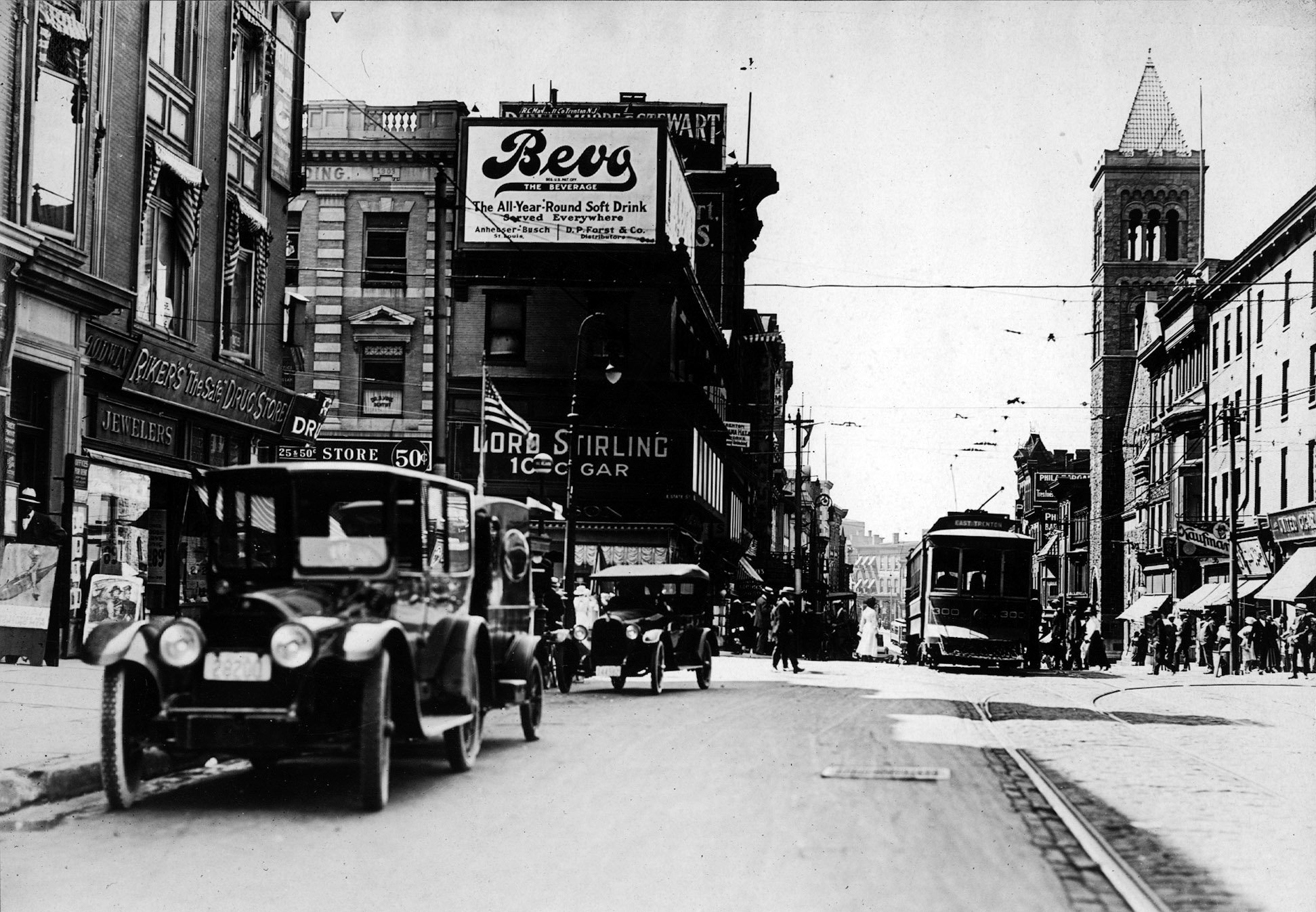The Rise of Non-Alcoholic Beer: From Near Beer to Craft
Bevo near beer
The first non-alcoholic beer in the US market is believed to be “Near Beer,” but if you think that sounds like something that was invented in the 1970s, you’d be wrong. It was actually a style of beer introduced during prohibition to skirt the rules for what could be considered beer and to provide a beverage that still tasted like beer. Today’s non-alcoholic beer has little in common with Near Beer, except that perhaps social sobriety is the new Prohibition and American consumers of beer and non-alcoholic beer alike are more concerned than ever with flavor and the pleasure of drinking.
Rise & Fall of Near Beer
“The Famous Near Beer” by Garret Voight is licensed under CC BY-NC 2.0.
Near Beer was a malt beverage that contained less than 0.5% alcohol by volume, which is the legal limit for a drink to be considered non-alcoholic, a standard which still applies to this day. Producers of Near Beer included familiar names such as Anheuser-Busch, Pabst, Miller, and Coors. The popularity of Near Beer grew during Prohibition (1920-1933), when the production and sale of alcoholic beverages were banned in the United States. After Prohibition ended, the popularity of Near Beer declined, but today, for a variety of reasons (some of them health related and some of them not), non-alcoholic beer is again one of the fastest growing segments of the market. Sales for non-alcoholic (NA) beverages reached $510 million for the 52 weeks ending on August 23rd of this year, up $121 million from the previous 52 weeks, according to data from Nielsen, while Drizly reports a 62% increase in 2023 over 2022. N/A beer is the largest growing segment of the N/A market, growing 35% year-over-year and is especially popular with Gen Z.
Clausthaler non-alcoholic beer
The New Wave of Non-Alcoholic Beer
During Prohibition, if you wanted beer, you didn’t have much choice. But non-alcoholic beers had a bit of a comeback in the 1970s, a time when low ABV beers also became popular. Non- alcoholic beers like Clausthaler and O’ Douls arrived on the scene in the late 1970s and have continued to be produced, though if you are a beer lover, you may have already tried and rejected them. Like many other mass-produced beers created for the American public, they weren’t very flavorful or interesting. Thankfully the craft brewing movement not only yielded better quality beer and more sophisticated beer drinkers, but also better non-alcoholic beers.
The Post Pandemic Generation of NA Beer Drinkers
Ramon Pinon
According to Ramon Pinon, Mixologist at Modernist, a private social club aimed at the local tech crowd, “In the bar scene in California people can be very selective about their dietary intake. They still want to socialize without necessarily having to imbibe.”
Pinon says that things have changed considerably in the post-pandemic bar scene. Gen Z came of drinking age during the pandemic and are energizing the local scene due to a lot of pent-up demand. And they aren’t just asking for their father’s St. Pauli Girl “malt beverage.” These days, thanks to the growth of craft brewing, you can find everything from non-alcoholic wheat beers to rice beers, and in styles such as IPAs pilsners, and stouts that come much closer to the taste of beers with alcohol. “Beer consumption has gone down, but there is a new generation that are going out to bars, and they have a wider palate compared to 20 years ago,” says Pinon. Breweries have responded with a wide range of styles that should suit any beer drinker. Non- alcoholic beer is becoming increasingly popular, with 21-35 year olds, light drinkers and people who have previously given up alcohol for a month as well as those who have switched to cannabis.
Contemporary Non-Alcoholic Beer
Bravus NA beers
Today you’ll find many great tasting non-alcoholic beers from major brewers such as Heineken OO and Guinness O that manage to preserve the flavor and experience of their alcoholic counterparts and for craft beer drinkers, there are even more options. Craft breweries pay close attention to detail at every step of the beer brewing process, from selecting high-quality ingredients to carefully controlling fermentation and de-alcoholization. Top zero proof brands according to data from Drizly in 2022 and 2023 included Heineken 0.0, Athletic Brewing Run Wild NA IPA, Athletic Brewing Free Wave NA Hazy IPA, Lagunitas IPNA (with declines in O’ Douls and Clausthaler).





